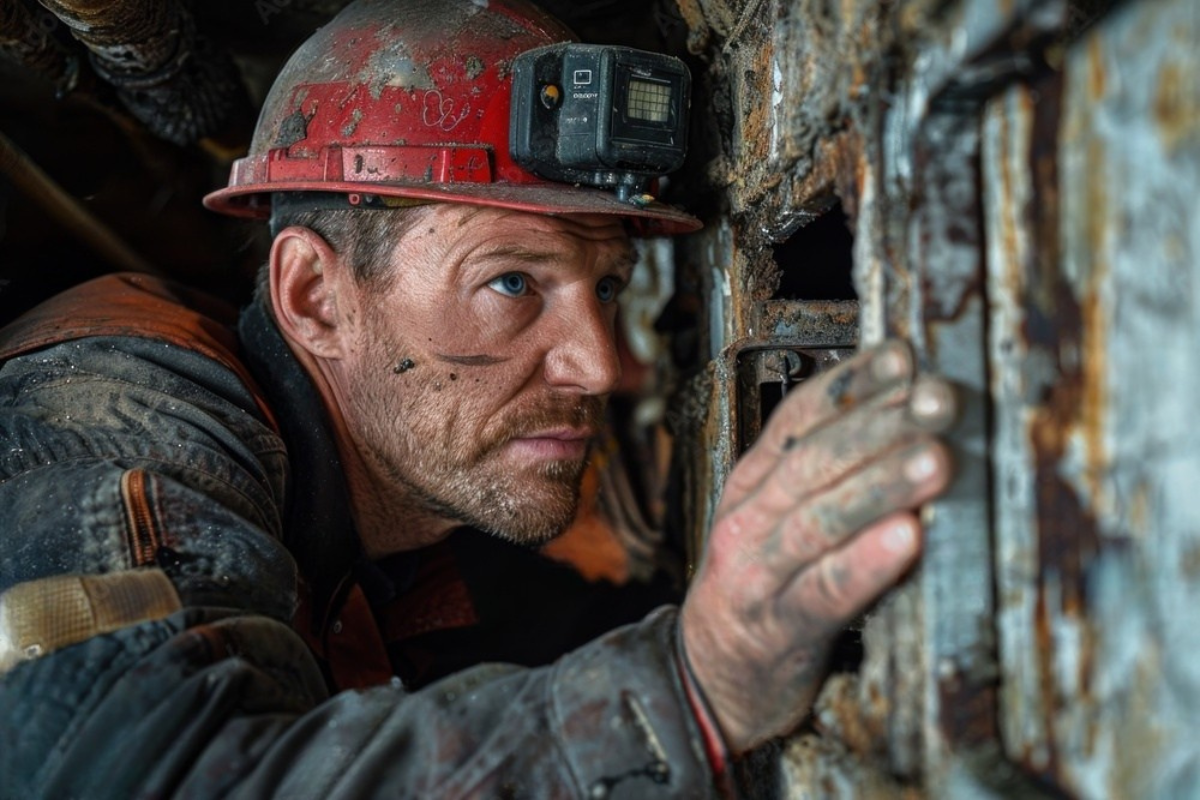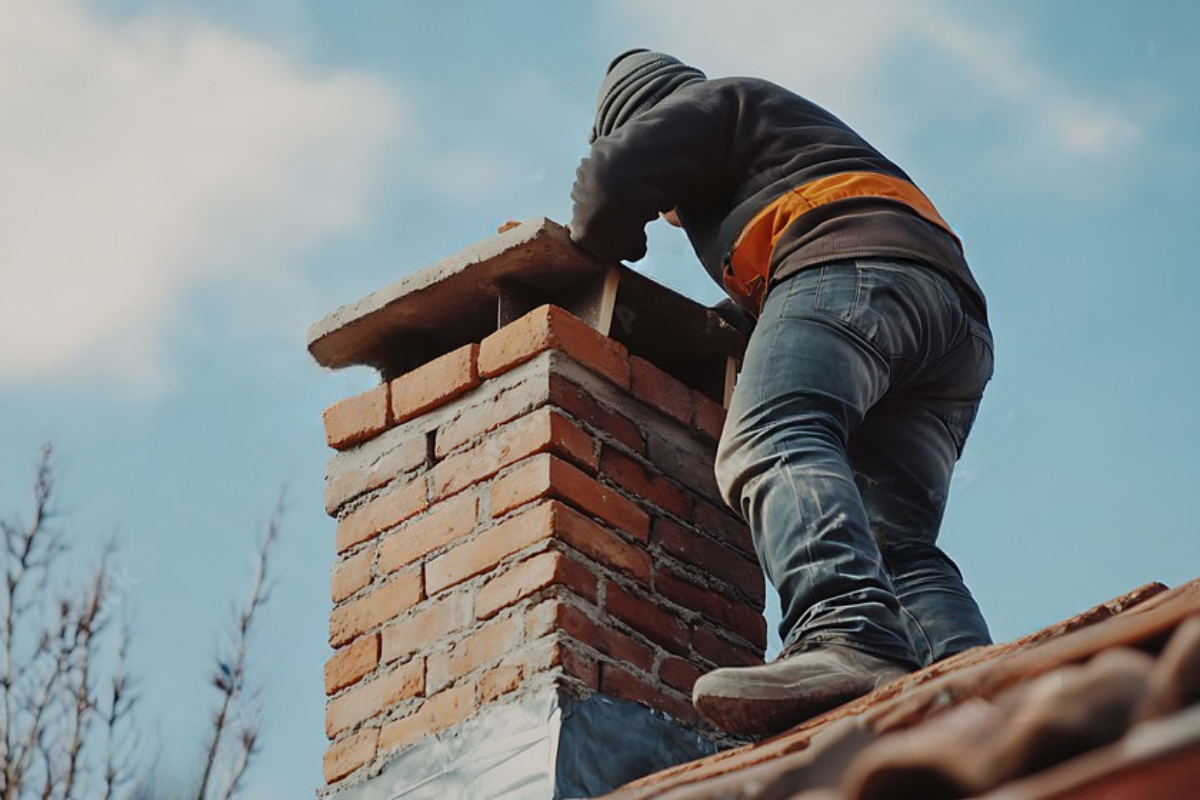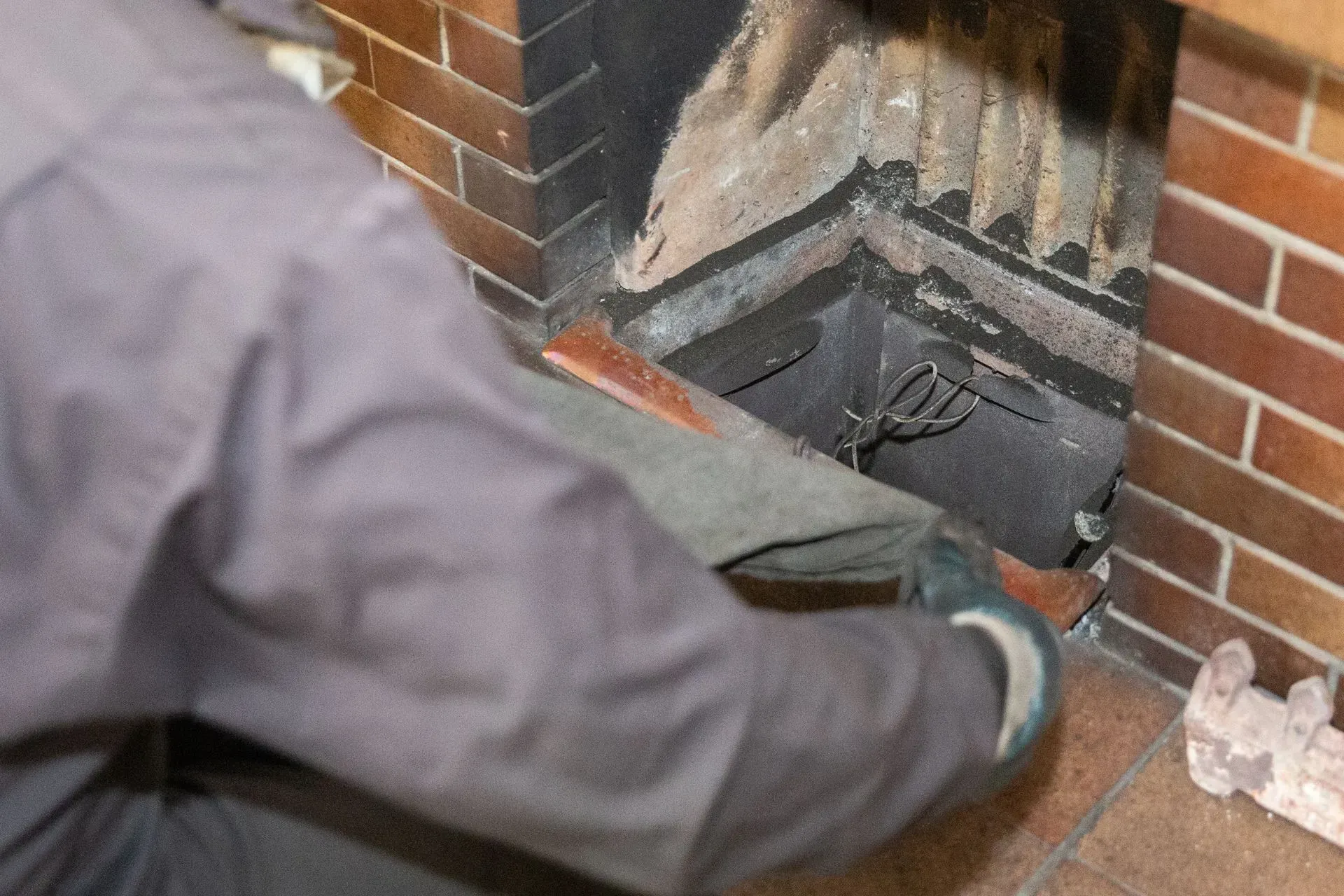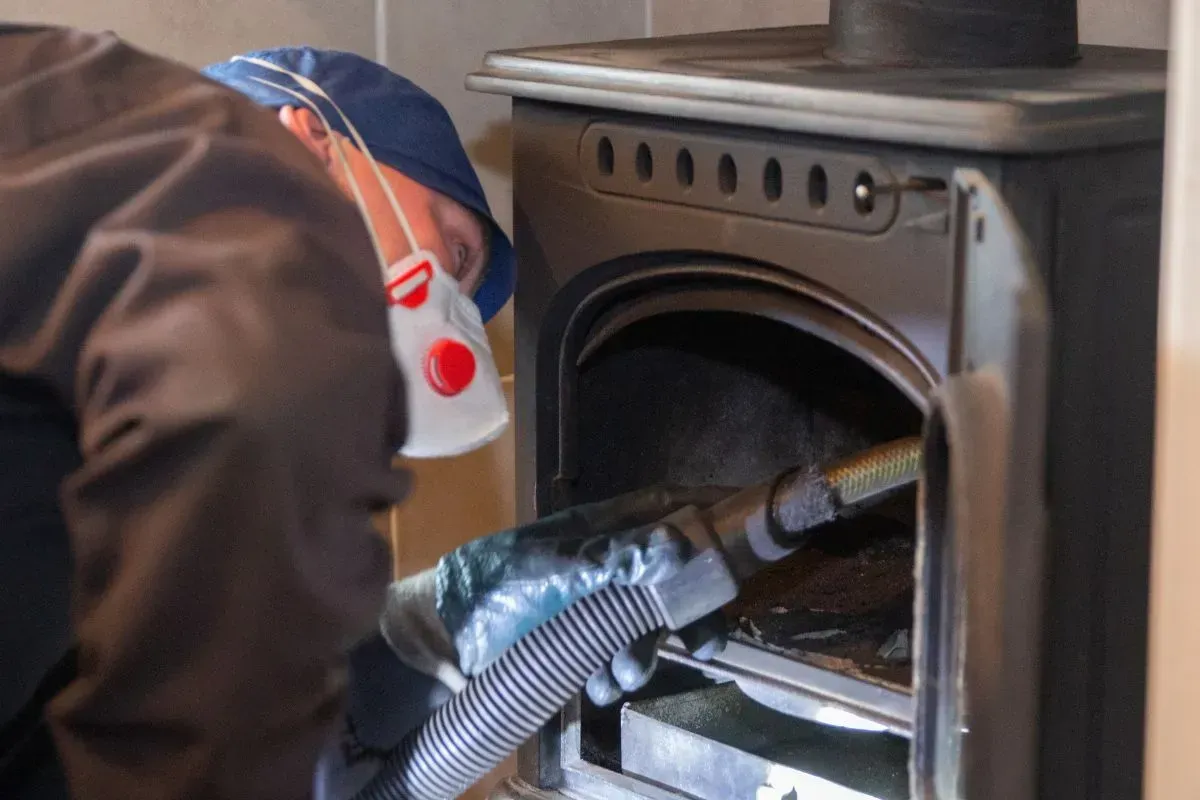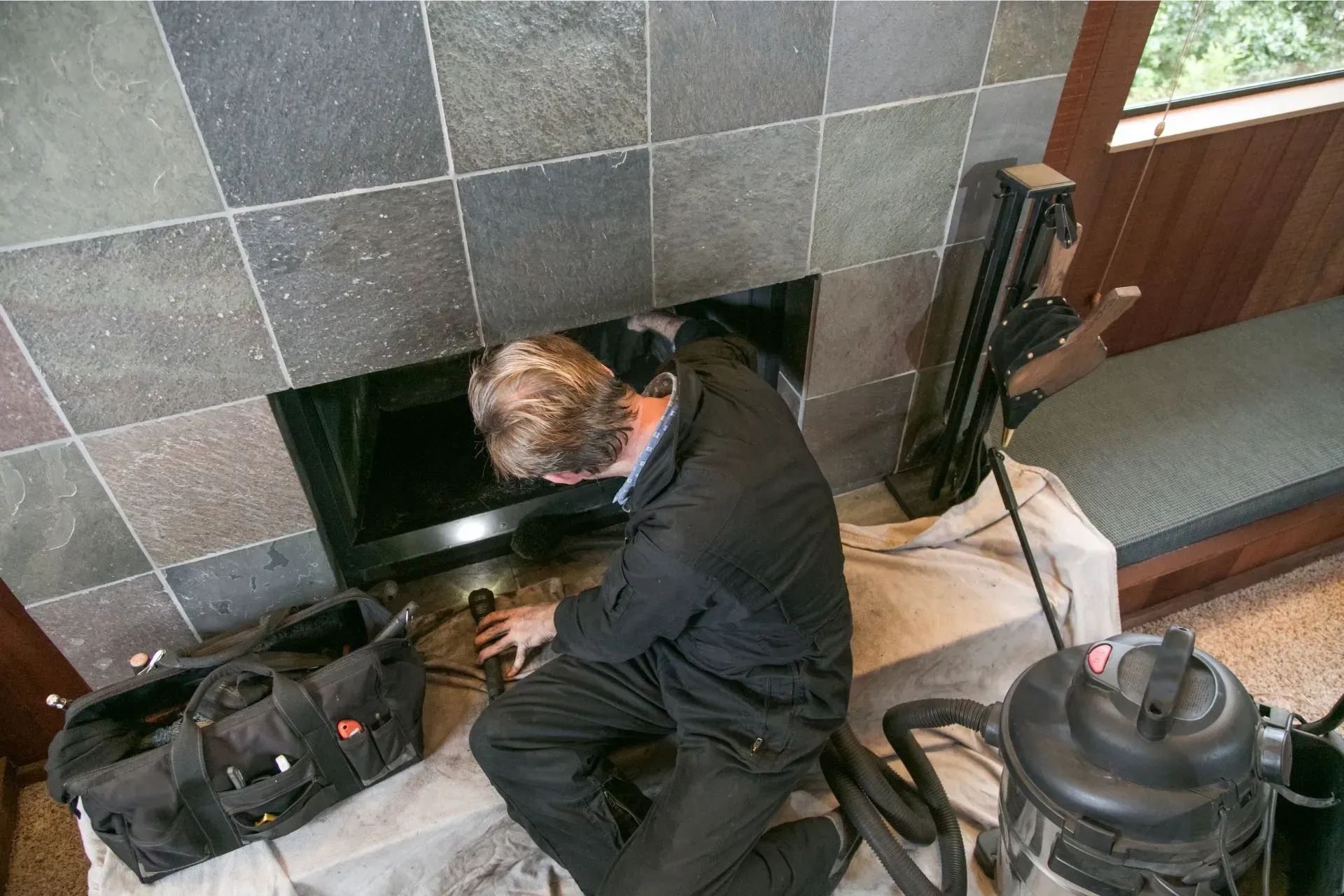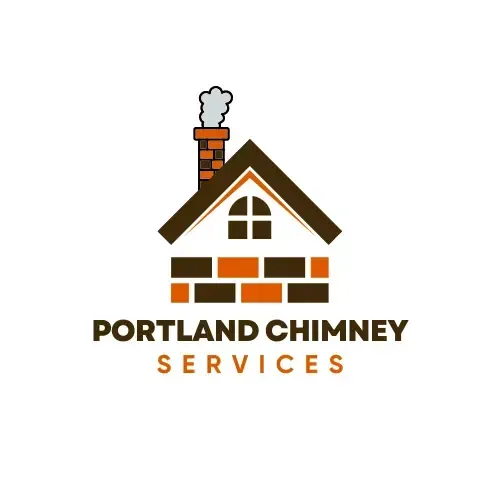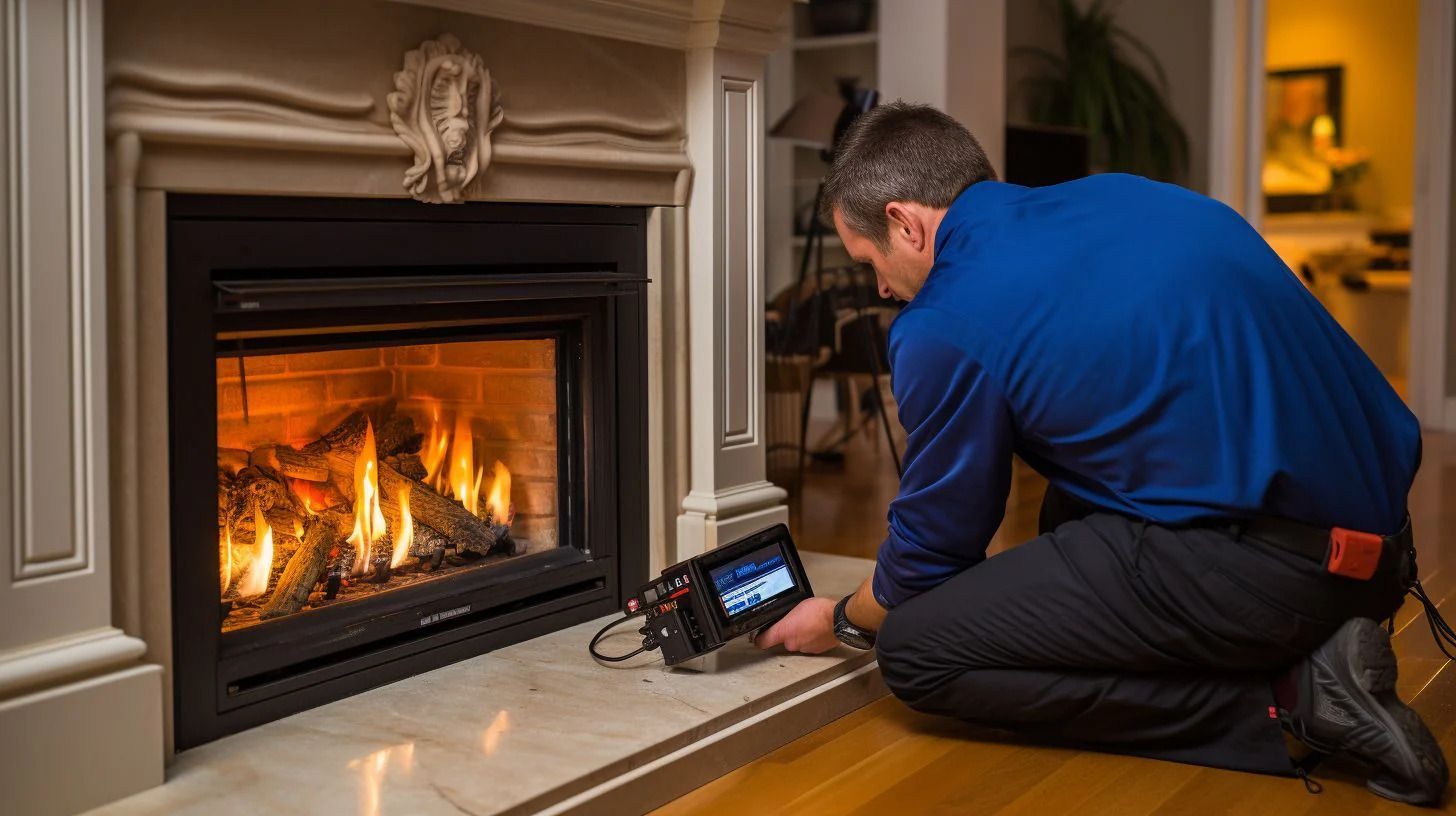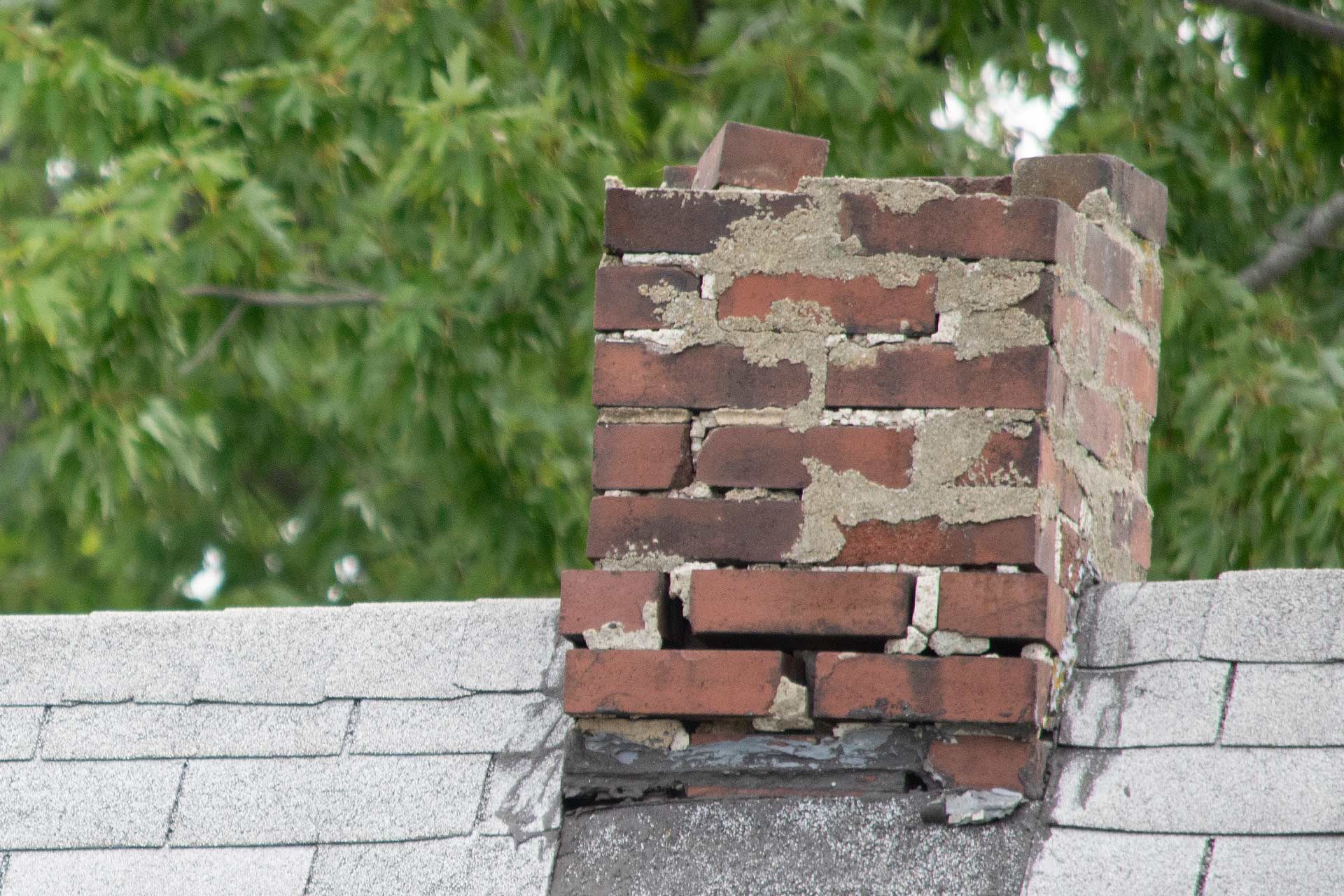Chimneys are prime targets for birds, squirrels, raccoons, bats, and other small animals looking for a safe, warm place to nest. Without proper prevention, your chimney could quickly turn into a wildlife condo. The good news? With the right preventive measures, you can keep these creatures out and avoid both health hazards and repair bills.
A professional Chimney Service can install protective barriers that allow smoke to escape but keep animals from entering. This kind of investment pays off by reducing long-term damage and eliminating the need for emergency wildlife removal.
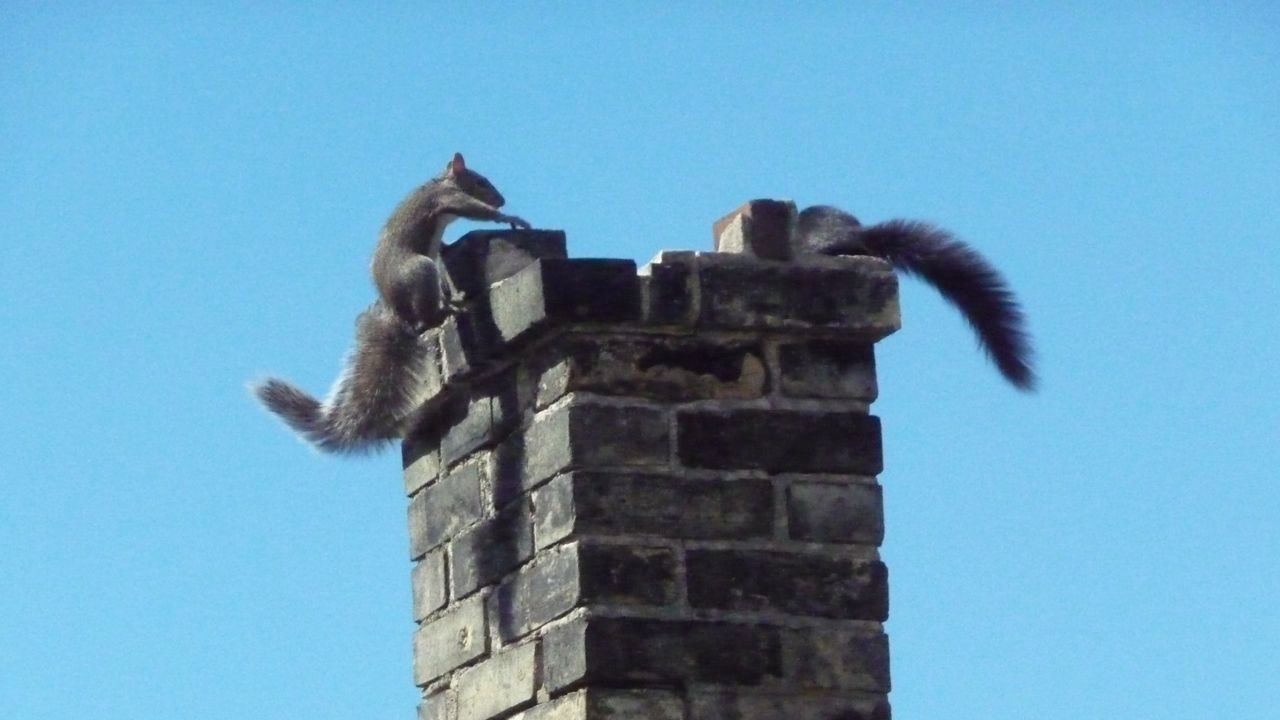
Introduction – Why Animal-Proofing Your Chimney Matters
Your chimney may seem like just another part of your home’s architecture, but to wildlife, it can look like the perfect cozy shelter. Unfortunately, when animals find their way in, they can bring along a host of problems—from bad odors and dangerous blockages to disease risks and costly repairs. That’s why taking steps to animal-proof your chimney isn’t just a good idea—it’s essential for your home’s safety and your family’s well-being.
Common Animals That Enter Chimneys
Homeowners are often surprised at the variety of critters that can fit into a chimney. Some of the most common include:
- Birds such as chimney swifts and pigeons
- Squirrels looking for a safe nesting spot
- Raccoons attracted to warmth and shelter
- Bats seeking dark, enclosed spaces
- Rodents looking for food and protection
Each of these animals poses different risks, from aggressive behavior to disease transmission.
Why Animals Choose Chimneys as a Shelter
To wildlife, your chimney is a ready-made hollow tree. It’s protected from the elements, difficult for predators to reach, and often warm due to residual heat from your fireplace or furnace. This combination makes it irresistible for nesting and raising young.
Risks of Wildlife Living in Your Chimney
Allowing animals to nest in your chimney can lead to:
- Blockages that cause smoke and carbon monoxide buildup
- Foul odors from waste or deceased animals
- Structural damage from clawing or chewing
- Disease transmission such as histoplasmosis or rabies
- Fire hazards from nesting material
Signs That Animals Are Inside Your Chimney
You may have unwanted chimney guests if you notice:
- Scratching, chirping, or fluttering sounds
- Strong, unpleasant odors
- Debris or nesting material falling into your fireplace
- Smoke backing up into your home
- Visible animal activity on your roof near the chimney
The Dangers of DIY Animal Removal
While it might be tempting to try removing animals yourself, doing so can be dangerous for both you and the animal. Wildlife can bite or scratch, and without proper equipment, you risk falls or exposure to disease. Professionals know how to remove animals humanely and in compliance with local laws.
Professional Chimney Service Benefits
A qualified Chimney Service doesn’t just remove animals—they ensure the problem doesn’t return. Services often include:
- Installing chimney caps or screens
- Cleaning and inspecting the chimney
- Sealing cracks and gaps
- Advising on seasonal maintenance
Best Time of Year to Animal-Proof Your Chimney
Late summer or early fall is ideal for animal-proofing because most wildlife have finished breeding and raising their young. This timing reduces the risk of trapping baby animals inside and prepares your chimney for winter use.
Essential Tools and Materials for Animal-Proofing
To effectively block animals from entering, you’ll need:
- Stainless steel chimney caps
- Heavy-duty mesh screens
- High-heat sealants
- Flashing repair kits
- Long-handled brushes for cleaning
Installing Chimney Caps for Maximum Protection
Chimney caps are your first line of defense. They’re made of metal and fitted over the top of your chimney, allowing smoke to escape but blocking animals and debris. A professional installation ensures the cap is secure and weather-resistant.
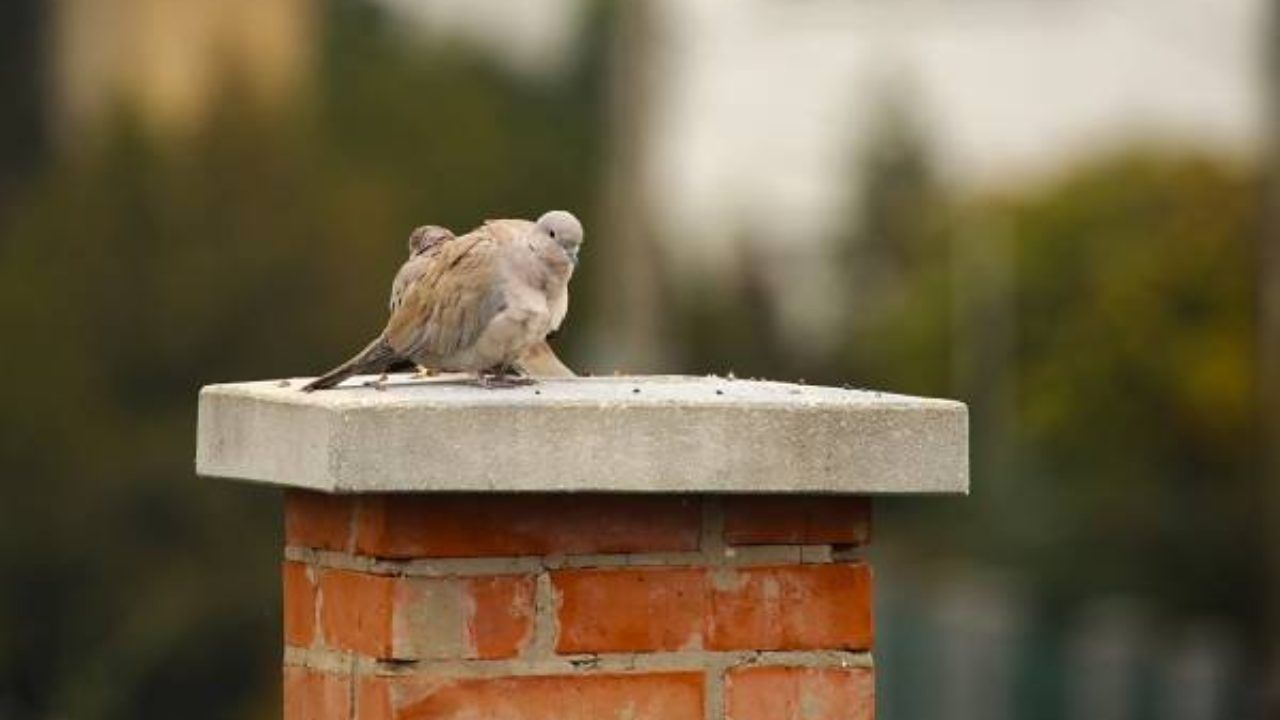
Using Chimney Screens and Spark Arrestors
Mesh chimney screens paired with spark arrestors not only keep animals out but also prevent sparks from escaping—reducing fire hazards. Choose corrosion-resistant materials for long-lasting performance.
Sealing Gaps and Entry Points
Even with a cap, small gaps or cracks around your chimney’s structure can allow rodents or insects to enter. A chimney technician can identify and seal these weak spots using high-quality masonry sealant.
How to Maintain Your Animal-Proofed Chimney
An animal-proofed chimney still requires regular care:
- Annual inspections to ensure no damage or gaps
- Cleaning to remove soot and creosote buildup
- Checking caps and screens for wear or rust
- Re-sealing as needed
Legal and Ethical Considerations in Wildlife Removal
In many states, certain wildlife species are protected. Removing them without the proper permits can result in fines. Ethical removal means ensuring no animals—especially young—are trapped inside.
Preventing Recurrence of Wildlife Infestations
Beyond chimney caps, consider trimming overhanging tree branches, securing garbage cans, and sealing other home entry points to make your property less inviting to wildlife.
Cost of Animal-Proofing Your Chimney
Animal-proofing can range from $150 to $500 depending on the complexity of your chimney and the materials used. While this may seem costly, it’s far cheaper than repairing damage caused by wildlife.
DIY vs Professional Chimney Animal-Proofing
DIY methods can save money but often lack the long-term effectiveness of professional installation. Professionals not only use better materials but also understand animal behavior and chimney structure.
Emergency Steps if Wildlife Is Currently Inside
If you suspect an animal is trapped:
- Avoid using the fireplace
- Close the damper to prevent entry into your home
- Call a wildlife removal expert immediately
- Avoid direct contact with the animal
You can quickly Contact a local chimney service for emergency help.
FAQs
How do I know if an animal is in my chimney?
Listen for scratching, chirping, or fluttering sounds and look for debris in your fireplace.
Can I just block my chimney to keep animals out?
Blocking without ventilation can cause dangerous smoke buildup—always use a proper chimney cap.
Are chimney caps expensive?
Most high-quality caps cost between $50 and $200, plus installation.
Can raccoons really climb chimneys?
Yes, raccoons are skilled climbers and can easily scale brick chimneys.
Do I need to clean my chimney after removing animals?
Yes, to remove nesting material, droppings, and odors.
Is animal-proofing a one-time job?
Not necessarily—annual inspections help ensure your chimney remains secure.
Conclusion – Keeping Your Home Safe and Wildlife-Free
Animal-proofing your chimney is an investment in safety, health, and peace of mind. With the right preventive measures and help from an experienced Chimney Service, you can keep your home protected from unwanted wildlife year-round.
Links
